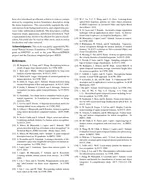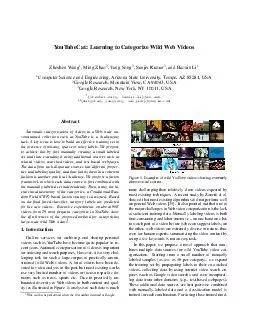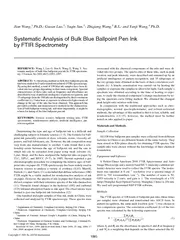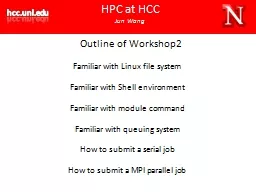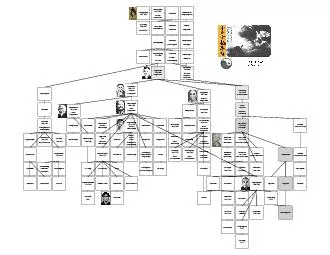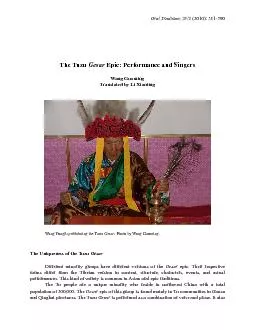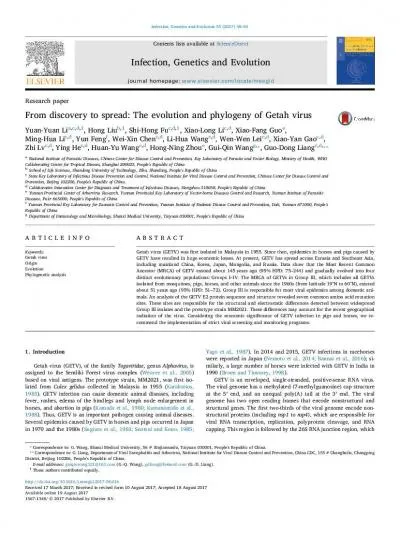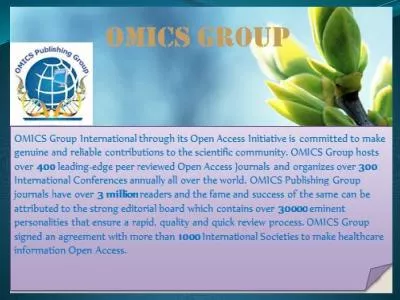PPT-Wenlong Yang Lingli Wang
Author : liane-varnes | Published Date : 2016-03-06
State Key Lab of ASIC and System Fudan University Shanghai China Alan Mishchenko Department of EECS University of California Berkeley 1 Lazy Mans Logic Synthesis
Presentation Embed Code
Download Presentation
Download Presentation The PPT/PDF document "Wenlong Yang Lingli Wang" is the property of its rightful owner. Permission is granted to download and print the materials on this website for personal, non-commercial use only, and to display it on your personal computer provided you do not modify the materials and that you retain all copyright notices contained in the materials. By downloading content from our website, you accept the terms of this agreement.
Wenlong Yang Lingli Wang: Transcript
Download Rules Of Document
"Wenlong Yang Lingli Wang"The content belongs to its owner. You may download and print it for personal use, without modification, and keep all copyright notices. By downloading, you agree to these terms.
Related Documents


